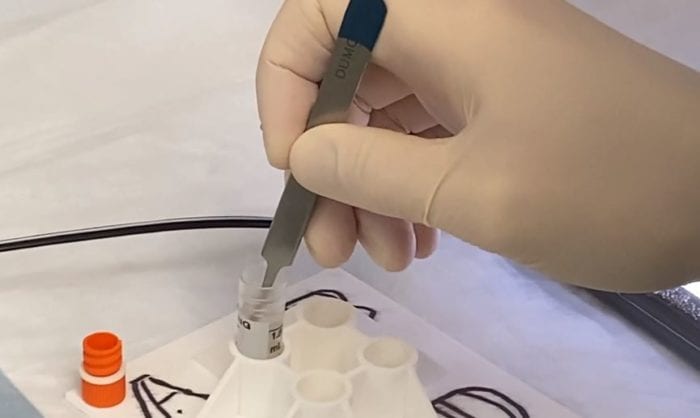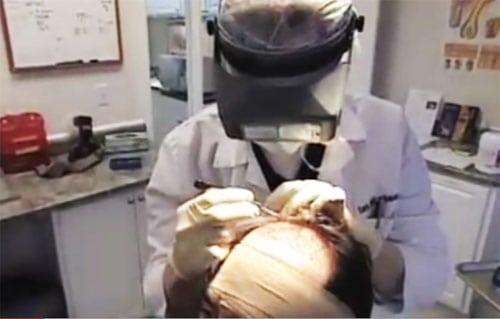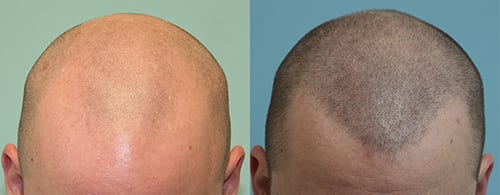Articles
SurgiHEAL PRO for Interoperative Use and Wound Healing
The search for a clearly superior aid to wound healing that meets the unique needs of the hair transplant surgeon has been fraught with frustration and littered with failed attempts.1,2 Hydrogen peroxide, chlorhexidine, isopropyl alcohol, and betadine have been used for their antibacterial properties.2,3 Copper peptide, silicone, hydrocolloid, and others have been used for their…
Read MoreHairClone Follicle Preservation Freezes Follicles for the Future
Dr. Sara Wasserbauer, a hair restoration surgeon in Northern California, is performing HairClone Follicle Preservation, a procedure that allows patients who anticipate they might lose their hair in the future to bank hair cells so they can be used for treatments down the road. “Discoveries in hair biology and preservation have slowly been progressing in the…
Read MoreHair Loss On the Edges
In the video below Dr. Sara Wasserbauer discusses traction alopecia, also known hair loss on the edges or thinning edges, is often caused by traction or tightness from braiding the hair or tight ponytails. This condition is particularly prevalent in the African American community were hair braiding is popular.
Read MoreWhat is the Difference between FUE and FUT Hair Transplantation
In this video Dr. Sara Wasserbauer explains the difference in the two hair transplant techniques. FUE/Traditional Comparison Comparison Traditional Method (“Strip” or “FUT”) Follicular Unit Extraction (“FUE”) Average number of grafts ~2300 (range 500-4000) ~1800 (Range 500-2400) Visibility of scarring Linear scar visible generally when hair cut less than #3 clipper setting Diffuse pinpoint scarring…
Read MoreScalp MicroPigmentation’s Increased Popularity Leads to Additional Risks for Uninformed Patients
Scalp Micropigmentation (SMP) seems a lot like traditional tattooing. Tiny needles are used to apply pigment to the skin to mimic the appearance of hair – which is a tattoo, right? Not quite…
Read More




